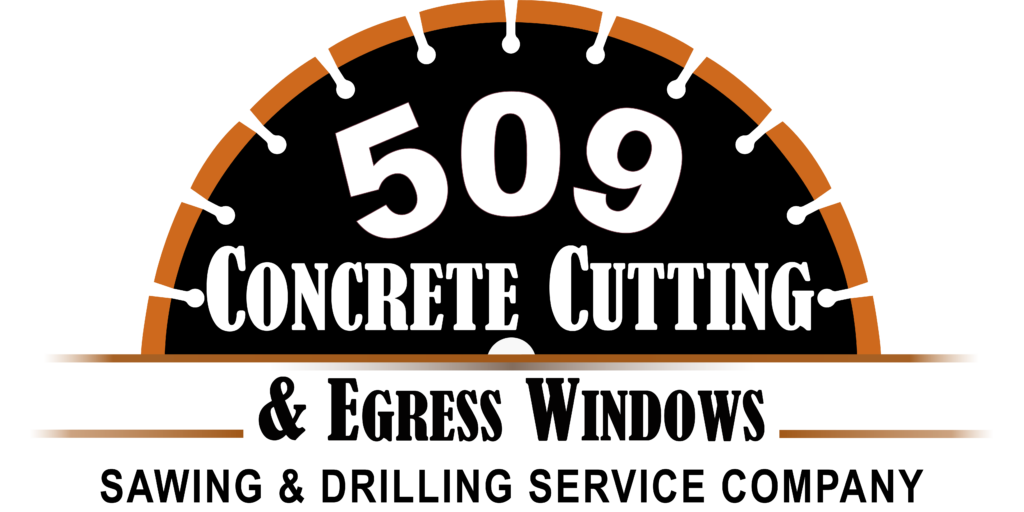Concrete Cutting for a Basement Bathroom
Do you use your basement as a living space? Often, people use their basements as a rec room, a kid’s den, a dad’s hangout, or an exercise room. But if you do not have a bathroom in your basement, you soon realize that having a bathroom down there would be a real asset. Running upstairs anytime you need to use a bathroom can be inconvenient. It can be especially worthwhile if you use your basement as an impromptu guest bedroom for the occasional out-of-town visitors.
But putting in a bathroom in a basement is a more complex project than installing one anywhere else in your house. For a start, your basement floor and exterior walls are made of concrete. That means installing plumbing will require cutting into the concrete to accommodate drains.
What is Involved in Basement Bathroom Installation
Even if all you want is a half-bath with no shower or tub, you still have to install both incoming hot and cold water for a sink, cold water for the toilet, and a drain for the sink and a sewage drain for the toilet. If you want a shower or tub, you will need additional hot and cold water and a drain. When locating your bathroom, the smartest move is to build it directly under an upstairs bathroom. Alternatively, you can locate it under the kitchen or laundry room, where you already have plumbing and electrical lines.
If you plan on installing the incoming water lines through interior walls and your interior walls are constructed the traditional way with wood framing and drywall, running the incoming plumbing is easy. If these lines come in along the exterior concrete walls, you have several options. You could install the lines on the surface of the concrete, although it might be a bit unsightly, even if you cover it with a shroud.
More often, however, the plumbing for incoming water is easily installed by building a traditional wall inside the exterior wall. In other words, you build a “new” exterior wall around your proposed bathroom the conventional way, even if it is right up against an exterior concrete wall, and run the plumbing through it as you usually would for any wood-framed wall. You should not cut into the concrete on the wall, as it would compromise the integrity of the exterior wall.
Concrete floors, however, are another matter. Unless you buy a system that pumps sewage up, you will have to cut into your concrete floor to create a channel for your new sewage drain and wastewater drain to connect to your existing drains. In addition, because bathrooms and drains need venting, you may have to cut through concrete to install the necessary air and pipe ventilation.
Concrete Cutting
Before you begin any concrete cutting for drainage, you need to know two things: 1) the exact location of your drains for the new bathroom, and 2) the exact location of the existing drain system below the floor. Only when you know this information can you safely begin cutting into your floor without jeopardizing your home’s existing drainage system and causing a messy and expensive blunder.
In cold climates like the Pacific Northwest, sewer lines are buried fairly deep to avoid problems caused by frozen pipes. When a home is built with a basement, drain pipes, and particularly the main sewage line, usually runs below your lowest level. If you do not already have schematic drawings or markings in your basement that indicate where drain lines are, you may have to do a little sleuthing to locate your drain lines. One way is to see if your municipality’s building department has any drawings on file that indicate their location. Another way is to use a drain locator. Several types are available to buy or rent; your plumber likely has one. Even if your pipes are made of PVC, there are ways to detect where your pipes run under your basement floor.
Once you locate the existing and proposed drain lines, you can mark where you will need to cut the floor to access and install them. When cutting concrete, particularly in a basement, there are several things to pay attention to. Most important is to ensure you do not penetrate or damage existing drain lines. In addition, concrete cutting is a messy business, and it will create dust and rubble. Consequently, work with a concrete cutting company that adequately prepares the area. Often, the company will use a wet-cutting method that minimizes dust. In addition, they will put up plastic screens that keep the dust contained. Only after proper preparation can you begin cutting. Finally, a reputable concrete cutting contractor will thoroughly clean the area when the cutting is done and leave the site ready for the next step in construction.
Call 509 Concrete Cutting and Egress Windows for Your Basement Project
Before you begin any home improvement project, particularly one that involves plumbing and electrical, getting a building permit and ensuring your design conforms to building codes is essential. Installing a bathroom in a basement is a challenging upgrade; it is not a project you want to undertake as a DIY chore unless you have extensive experience in construction. At a minimum, hiring professionals to undertake specialized tasks, such as plumbing, electrical, and concrete cutting, is advisable. For example, when installing and connecting your new drain lines, you must have the proper size conduit and the correct slope on the pipes and backflow prevention where necessary. The last thing you want is waste water flooding your basement.
Installing a basement bathroom can get complicated and is usually more expensive than adding one at or above ground level. But it provides a good return on investment. It makes your basement more liveable and can significantly increase your home’s value. If you are considering installing a basement bathroom and need concrete cutting services, call the professionals at 509 Concrete Cutting and Egress Windows today.

